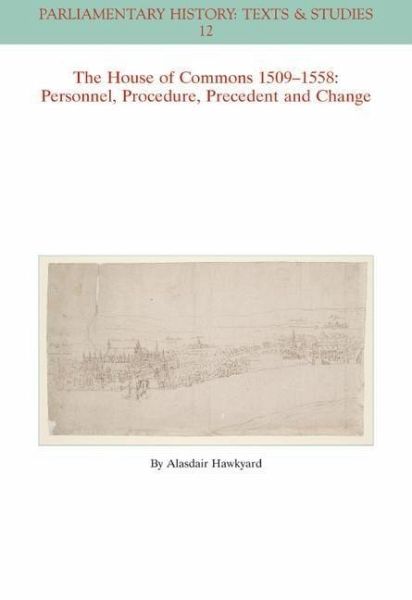
The House of Commons 1509-1558
Personnel, Procedure, Precedent and Change
Versandkostenfrei!
Versandfertig in über 4 Wochen
48,99 €
inkl. MwSt.

PAYBACK Punkte
24 °P sammeln!
The House of Commons 1509-1558 offers readers a groundbreaking examination of the role and significance of the British House of Commons during the Tudor period._ Utilizes new scholarship, archival research, and never-before-published images to enhance our understanding_ Details all aspects of the institution, including elections and electoral practice, membership, organization, the House in session, and legislation_ Addresses innovations in the conduct and management of the House during this time, such as the introduction of divisions and increasing bureaucratization_ Demonstrates the turbulen...
The House of Commons 1509-1558 offers readers a groundbreaking examination of the role and significance of the British House of Commons during the Tudor period.
_ Utilizes new scholarship, archival research, and never-before-published images to enhance our understanding
_ Details all aspects of the institution, including elections and electoral practice, membership, organization, the House in session, and legislation
_ Addresses innovations in the conduct and management of the House during this time, such as the introduction of divisions and increasing bureaucratization
_ Demonstrates the turbulent nature of the House during the Tudor age and reevaluates the nature of political opposition
_ Utilizes new scholarship, archival research, and never-before-published images to enhance our understanding
_ Details all aspects of the institution, including elections and electoral practice, membership, organization, the House in session, and legislation
_ Addresses innovations in the conduct and management of the House during this time, such as the introduction of divisions and increasing bureaucratization
_ Demonstrates the turbulent nature of the House during the Tudor age and reevaluates the nature of political opposition


